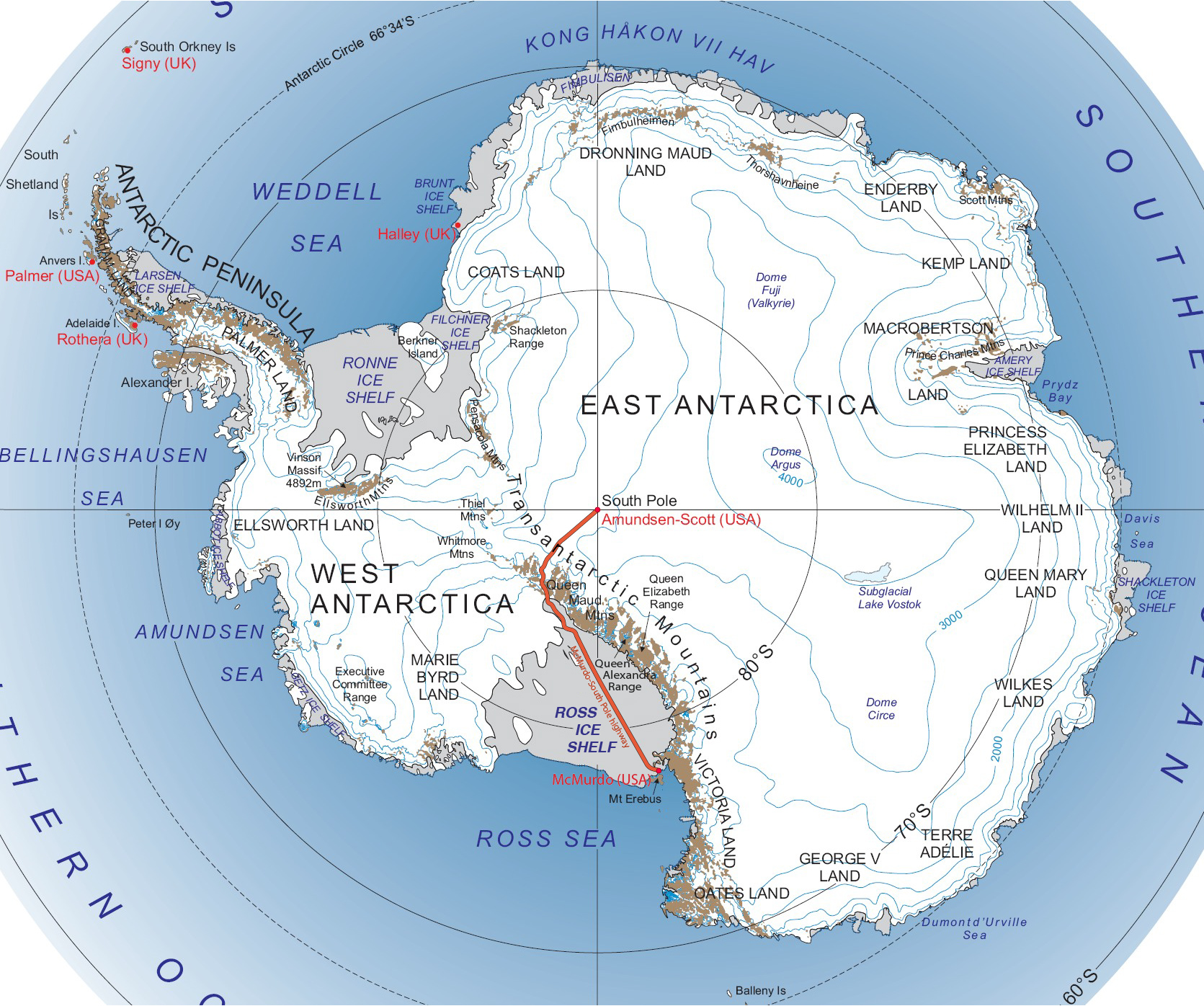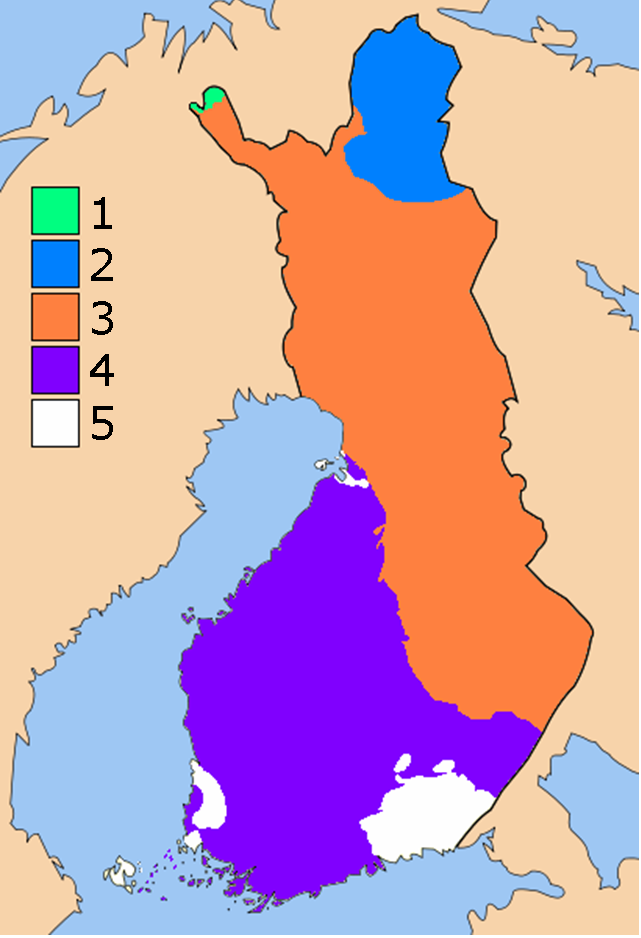|
Nena (supercontinent)
Nena, an acronym for Northern Europe– North America, was the Early Proterozoic amalgamation of Baltica and Laurentia into a single "cratonic landmass", a name first proposed in 1990. Since then several similar Proterozoic supercontinents have been proposed, including Nuna and Arctica, that include other Archaean cratons, such as Siberia and East Antarctica. In the original concept Nena formed in the Penokean, Makkovikan, Ketilidian, and Svecofennian orogenies. However, because Nena excludes several known Archaean cratons, including those in India and Australia, it is strictly speaking not a supercontinent. Although Nena and Nuna share many similarities, Nena accounted for a larger landmass than Nuna. This extended landmass included the Angara, Antarctica, Baltica, Laurentia, and Siberia bodies. Nena, or Nuna, can, nevertheless be thought of as the core of Columbia Columbia may refer to: * Columbia (personification), the historical female national personification of the ... [...More Info...] [...Related Items...] OR: [Wikipedia] [Google] [Baidu] |
Columbia Supercontinent
Columbia may refer to: * Columbia (personification), the historical female national personification of the United States, and a poetic name for America Places North America Natural features * Columbia Plateau, a geologic and geographic region in the U.S. Pacific Northwest * Columbia River, in Canada and the United States ** Columbia Bar, a sandbar in the estuary of the Columbia River ** Columbia Country, the region of British Columbia encompassing the northern portion of that river's upper reaches ***Columbia Valley, a region within the Columbia Country ** Columbia Lake, a lake at the head of the Columbia River *** Columbia Wetlands, a protected area near Columbia Lake ** Columbia Slough, along the Columbia watercourse near Portland, Oregon * Glacial Lake Columbia, a proglacial lake in Washington state * Columbia Icefield, in the Canadian Rockies * Columbia Island (District of Columbia), in the Potomac River * Columbia Island (New York), in Long Island Sound Populated places * C ... [...More Info...] [...Related Items...] OR: [Wikipedia] [Google] [Baidu] |
East Antarctic Craton
The East Antarctic Shield or Craton is a cratonic rock body that covers 10.2 million square kilometers or roughly 73% of the continent of Antarctica. The shield is almost entirely buried by the East Antarctic Ice Sheet that has an average thickness of 2200 meters but reaches up to 4700 meters in some locations. East Antarctica is separated from West Antarctica by the 100–300 kilometer wide Transantarctic Mountains, which span nearly 3,500 kilometers from the Weddell Sea to the Ross Sea. The East Antarctic Shield is then divided into an extensive central craton (Mawson craton) that occupies most of the continental interior and various other marginal cratons that are exposed along the coast. Background Over the past 1 billion years, East Antarctica has traveled from tropical (to subtropical) southerly latitudes to its current location with the entire East Antarctic Shield positioned south of the Antarctic Circle. Despite its relative lack of motion over the past 75 million year ... [...More Info...] [...Related Items...] OR: [Wikipedia] [Google] [Baidu] |
Sudbury Basin
The Sudbury Basin (), also known as Sudbury Structure or the Sudbury Nickel Irruptive, is a major geological structure in Ontario, Canada. It is the third-largest known impact crater or astrobleme on Earth, as well as one of the oldest. The crater formed 1.849 billion years ago in the Paleoproterozoic era. The basin is located on the Canadian Shield in the city of Greater Sudbury, Ontario. The former municipalities of Rayside-Balfour, Valley East and Capreol lie within the Sudbury Basin, which is referred to locally as "The Valley". The urban core of the former city of Sudbury lies on the southern outskirts of the basin. An Ontario Historical Plaque was erected by the province to commemorate the discovery of the Sudbury Basin. Formation The Sudbury basin formed as a result of an impact into the Nuna supercontinent from a bolide approximately in diameter that occurred 1.849 billion years ago in the Paleoproterozoic era. Debris from the impact was scattered over ... [...More Info...] [...Related Items...] OR: [Wikipedia] [Google] [Baidu] |
Columbia (supercontinent)
Columbia, also known as Nuna or Hudsonland, was one of Earth's ancient supercontinents. It was first proposed by John J.W. Rogers and M. Santosh in 2002 and is thought to have existed approximately , in the Paleoproterozoic Era. The assembly of the supercontinent was likely completed during global-scale collisional events from 2100 to 1800 million years ago. Columbia consisted of proto- cratons that made up the cores of the continents of Laurentia, Baltica, Ukrainian Shield, Amazonian Shield, Australia, and possibly Siberia, North China, and Kalaharia as well. The evidence of Columbia's existence is provided by geological and paleomagnetic data.; Size and location Columbia is estimated to have been approximately from north to south at its broadest part. The eastern coast of India was attached to western North America, with southern Australia against western Canada. In this era most of South America was rotated such that the western edge of modern-day Brazil li ... [...More Info...] [...Related Items...] OR: [Wikipedia] [Google] [Baidu] |
Orogeny
Orogeny is a mountain building process. An orogeny is an event that takes place at a convergent plate margin when plate motion compresses the margin. An '' orogenic belt'' or ''orogen'' develops as the compressed plate crumples and is uplifted to form one or more mountain ranges. This involves a series of geological processes collectively called orogenesis. These include both structural deformation of existing continental crust and the creation of new continental crust through volcanism. Magma rising in the orogen carries less dense material upwards while leaving more dense material behind, resulting in compositional differentiation of Earth's lithosphere ( crust and uppermost mantle). A synorogenic process or event is one that occurs during an orogeny. The word "orogeny" () comes from Ancient Greek (, , + , , ). Although it was used before him, the term was employed by the American geologist G. K. Gilbert in 1890 to describe the process of mountain-building as distinguishe ... [...More Info...] [...Related Items...] OR: [Wikipedia] [Google] [Baidu] |
Svecofennian Orogeny
The Svecofennian orogeny is a series of related orogenies that resulted in the formation of much of the continental crust in what is today Sweden and Finland plus some minor parts of Russia. The orogenies lasted from about 2000 to 1800 million years ago during the Paleoproterozoic Era. The resulting orogen is known as the Svecofennian orogen or Svecofennides. To the west and southwest the Svecofennian orogen limits with the generally younger Transscandinavian Igneous Belt. It is assumed that the westernmost fringes of the Svecofennian orogen have been reworked by the Sveconorwegian orogeny just as the western parts of the Transscandinavian Igneous Belt has. The Svecofennian orogeny involved the accretion of numerous island arcs in such manner that the pre-existing craton grew with this new material from what is today northeast to the southwest. The accretion of the island arcs was also related to two other processes that occurred in the same period; the formation of magma that ... [...More Info...] [...Related Items...] OR: [Wikipedia] [Google] [Baidu] |
Ketilidian Orogeny
The Ketilidian orogeny was a late Paleoproterozoic mountain-building event that affected southern Greenland during the period 1.85 to 1.72 Ga. The orogenic belt formed during this event, sometimes known as the Ketilidian mobile belt, forms the southern boundary to the mainly Archaean North Atlantic Craton. The belt is 250–350 km wide, much of it covered by ice. It is correlated with the Makkovik Province in Labrador , nickname = "The Big Land" , etymology = , subdivision_type = Country , subdivision_name = Canada , subdivision_type1 = Province , subdivision_name1 ..., Canada, which has a similar history. References {{Reflist Orogenies of North America Proterozoic North America Geology of Greenland Paleoproterozoic orogenies ... [...More Info...] [...Related Items...] OR: [Wikipedia] [Google] [Baidu] |
Penokean Orogeny
The Penokean orogeny was a mountain-building episode that occurred in the early Proterozoic about 1.86 to 1.83 billion years ago, in the area of Lake Superior, North America. The core of this orogeny, the Churchill Craton, is composed of terranes derived from the 1.86–1.81 Ga collision between the Superior and North Atlantic cratons. The orogeny resulted in the formation of the Nena and Arctica continents, which later merged with other continents to form the Columbia supercontinent. The name was first proposed by in reference to what is known as the Penokee Range, sometimes incorrectly called the Gogebic Range, in northern Michigan and Wisconsin. The Paleoproterozoic Penokean orogeny developed in an embayment on the southern margin of the Superior Craton. It extends east from Minnesota to the Grenville orogen near Lake Huron and south to the Central Plain in Wisconsin. It is composed of two domains separated by the Niagara Fault Zone: the southern, internal domain, ... [...More Info...] [...Related Items...] OR: [Wikipedia] [Google] [Baidu] |
Siberia (continent)
Siberia, also known as Angaraland (or simply Angara) and Angarida, is an ancient craton in the heart of Siberia. Today forming the Central Siberian Plateau, it was an independent continent before the Permian period. The Verkhoyansk Sea, a passive continental margin, was fringing the Siberian Craton to the east in what is now the East Siberian Lowland. Angaraland was named in the 1880s by Austrian geologist Eduard Suess who erroneously believed that in the Paleozoic there were two large continents in the Northern Hemisphere: "Atlantis", North America connected to Europe by a peninsula (=Greenland and Iceland); and "Angara-land", eastern Asia, named after the Angara River in Siberia. Precambrian history About 2.5 billion years ago ( Siderian), Siberia was part of a continent called Arctica, along with the Canadian Shield. Around 1.1 billion years ago ( Stenian), Siberia became part of the supercontinent of Rodinia, a state of affairs which lasted until the Cryogenian about 7 ... [...More Info...] [...Related Items...] OR: [Wikipedia] [Google] [Baidu] |
Northern Europe
The northern region of Europe has several definitions. A restrictive definition may describe Northern Europe as being roughly north of the southern coast of the Baltic Sea, which is about 54°N, or may be based on other geographical factors such as climate and ecology. Climate The climate is mainly Oceanic climate (Cfb), Humid continental climate (Dfb), Subarctic climate (Dfc and Dsc) and Tundra (ET). Geography Northern Europe might be defined roughly to include some or all of the following areas: British Isles, Fennoscandia, the peninsula of Jutland, the Baltic plain that lies to the east and the many islands that lie offshore from mainland Northern Europe and the main European continent. In some cases, Greenland is also included, although it is only politically European, comprising part of the Kingdom of Denmark, and not considered to be geographically in Europe. The area is partly mountainous, including the northern volcanic islands of Iceland and Jan Mayen, and ... [...More Info...] [...Related Items...] OR: [Wikipedia] [Google] [Baidu] |
Craton
A craton (, , or ; from grc-gre, κράτος "strength") is an old and stable part of the continental lithosphere, which consists of Earth's two topmost layers, the crust and the uppermost mantle. Having often survived cycles of merging and rifting of continents, cratons are generally found in the interiors of tectonic plates; the exceptions occur where geologically recent rifting events have separated cratons and created passive margins along their edges. Cratons are characteristically composed of ancient crystalline basement rock, which may be covered by younger sedimentary rock. They have a thick crust and deep lithospheric roots that extend as much as several hundred kilometres into Earth's mantle. Terminology The term ''craton'' is used to distinguish the stable portion of the continental crust from regions that are more geologically active and unstable. Cratons are composed of two layers: A continental '' shield'', in which the basement rock crops out at the su ... [...More Info...] [...Related Items...] OR: [Wikipedia] [Google] [Baidu] |





